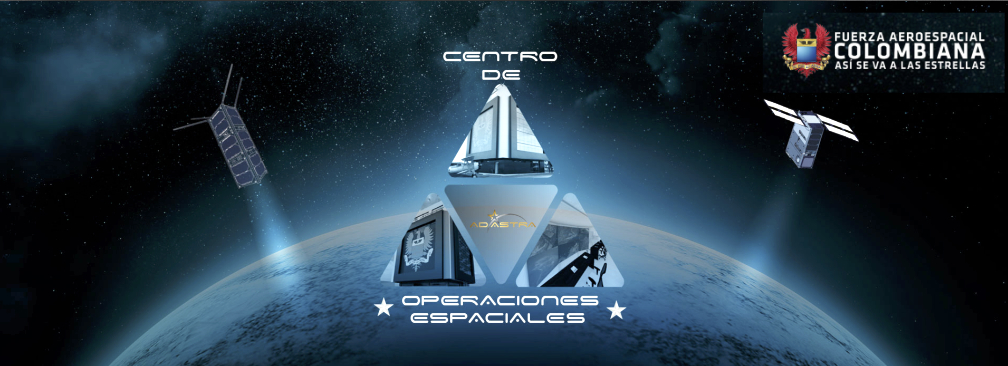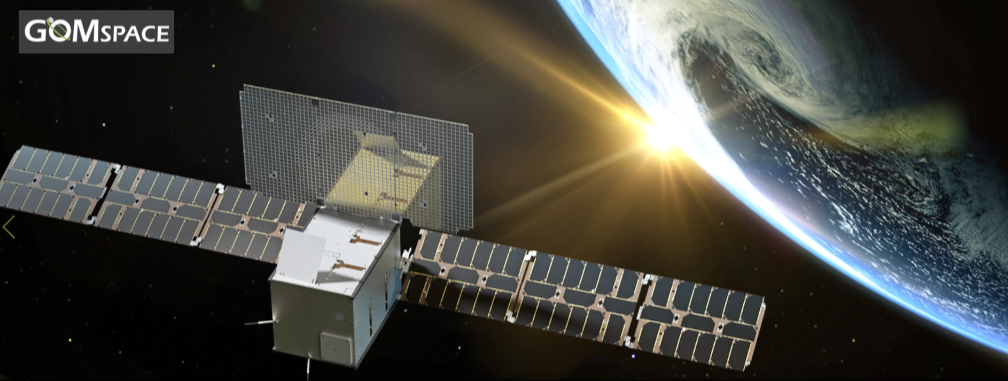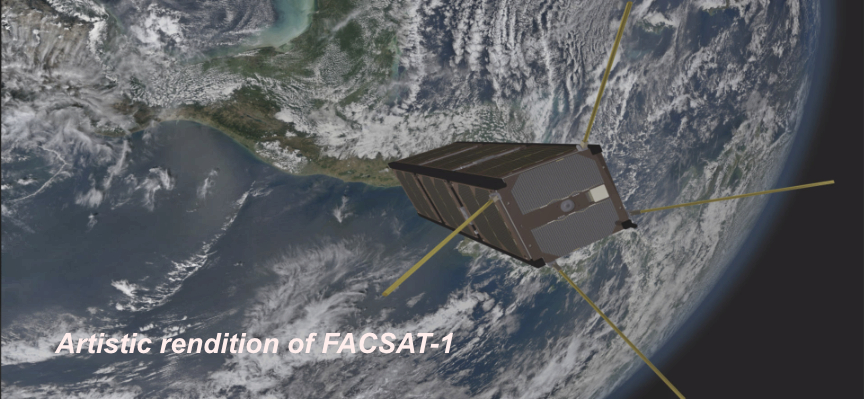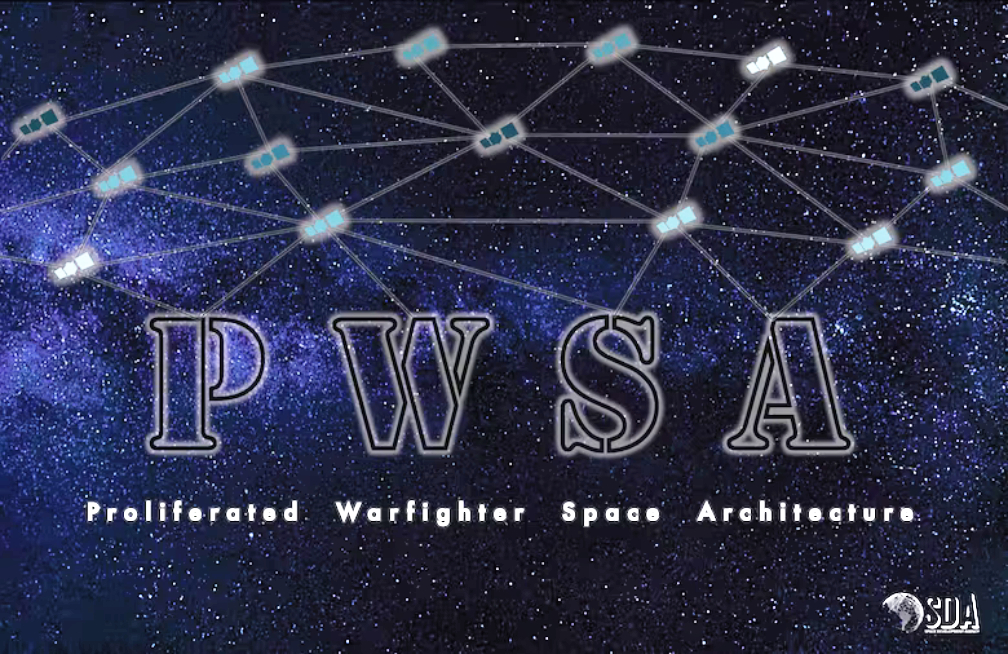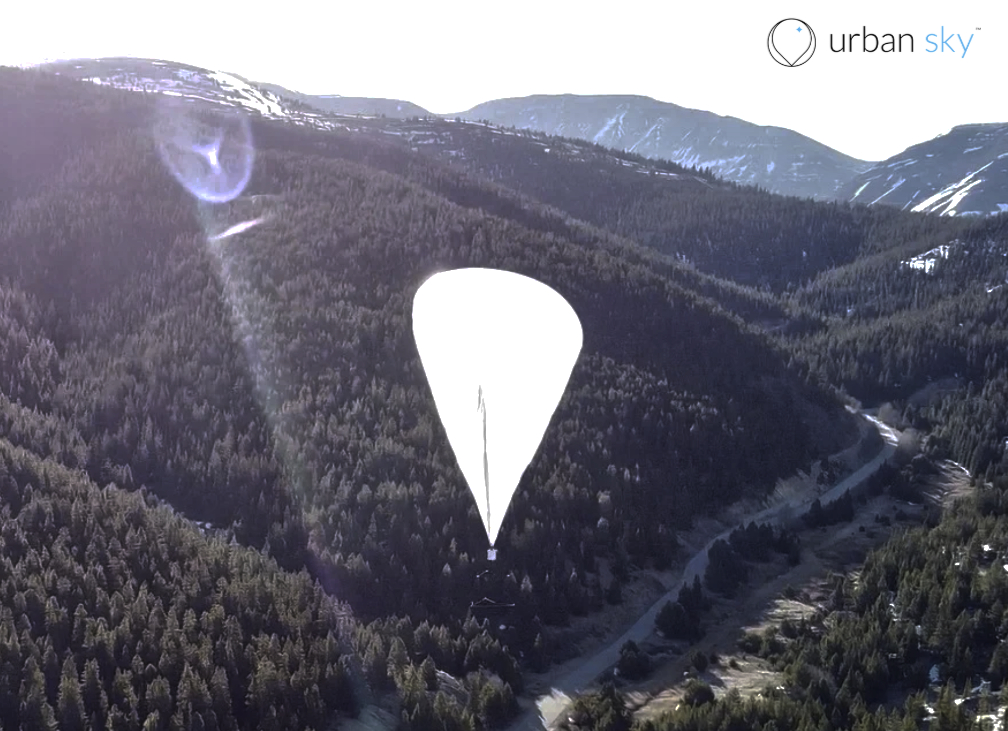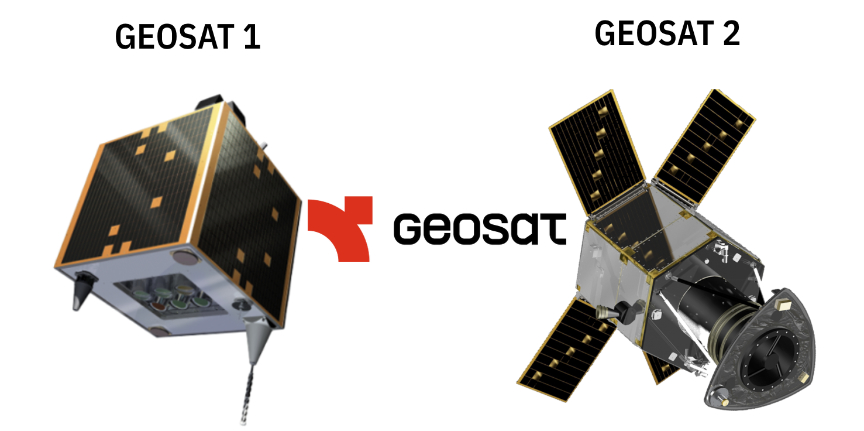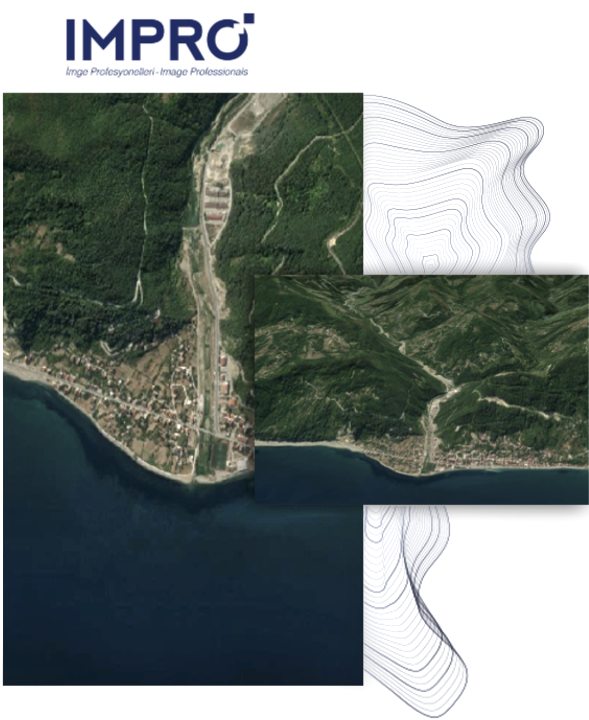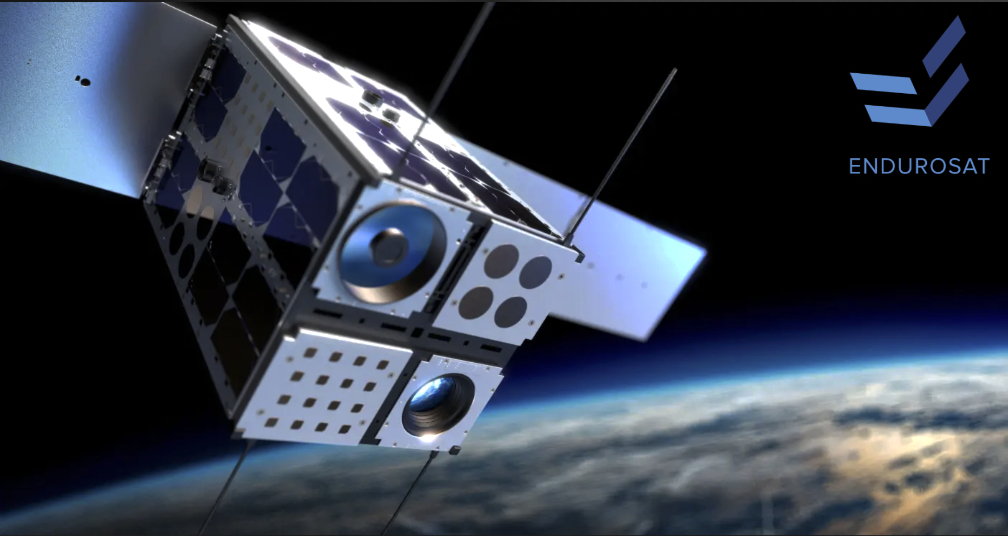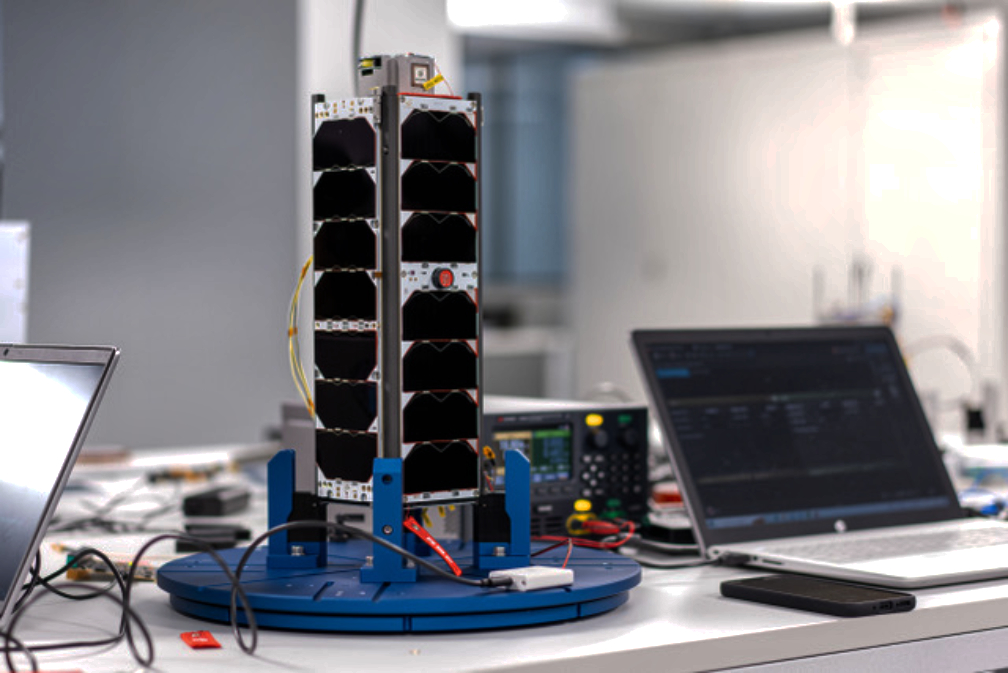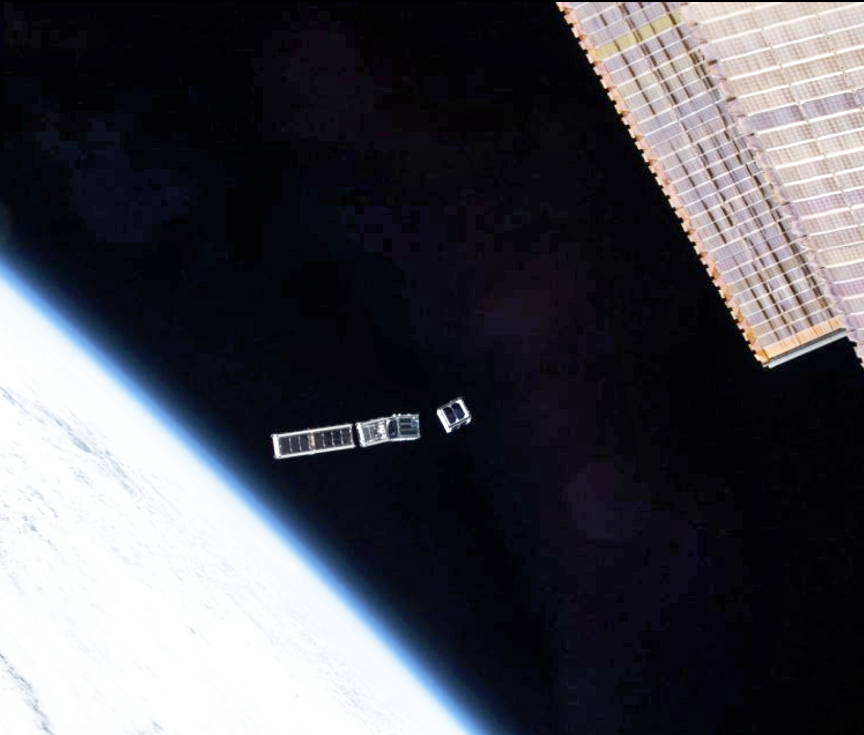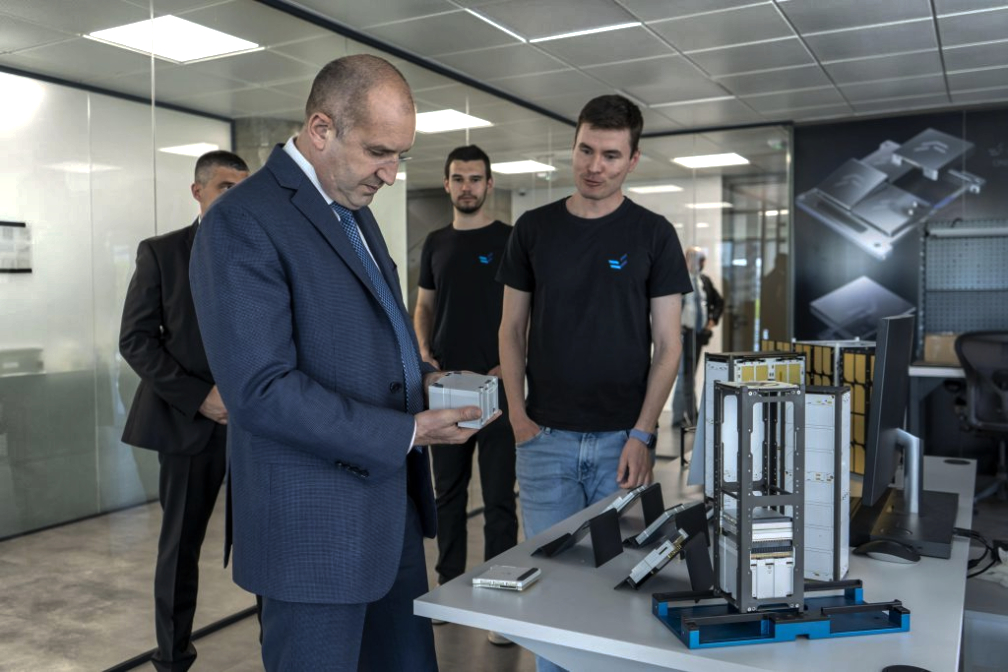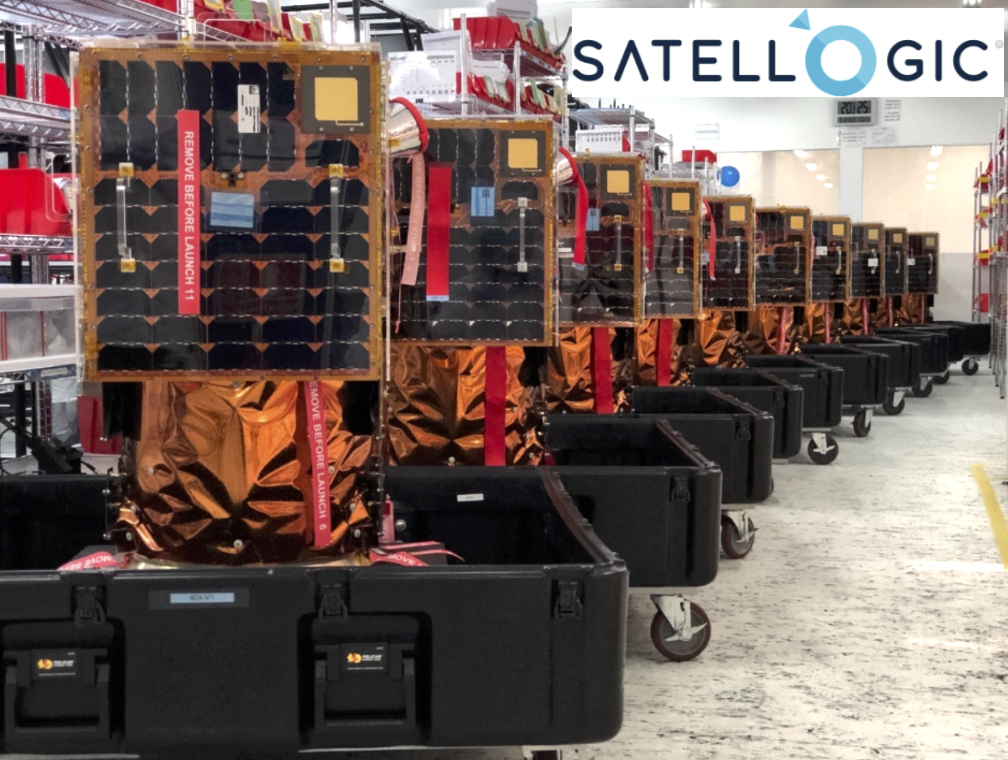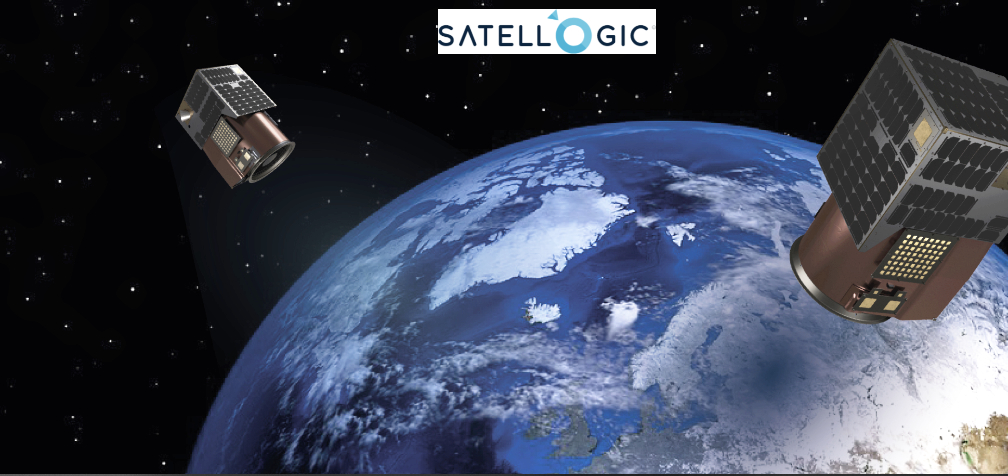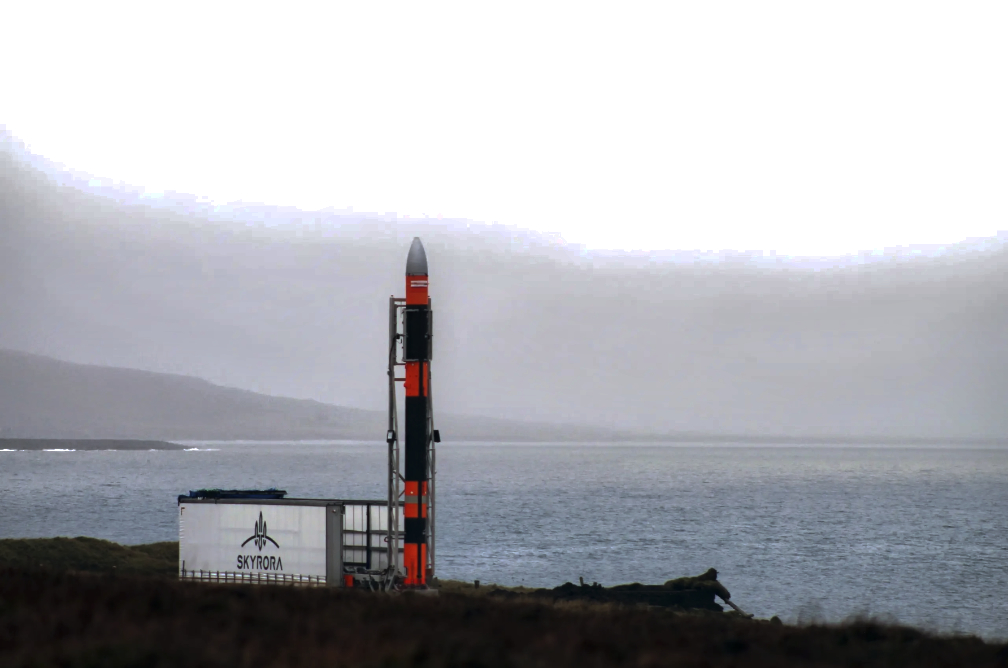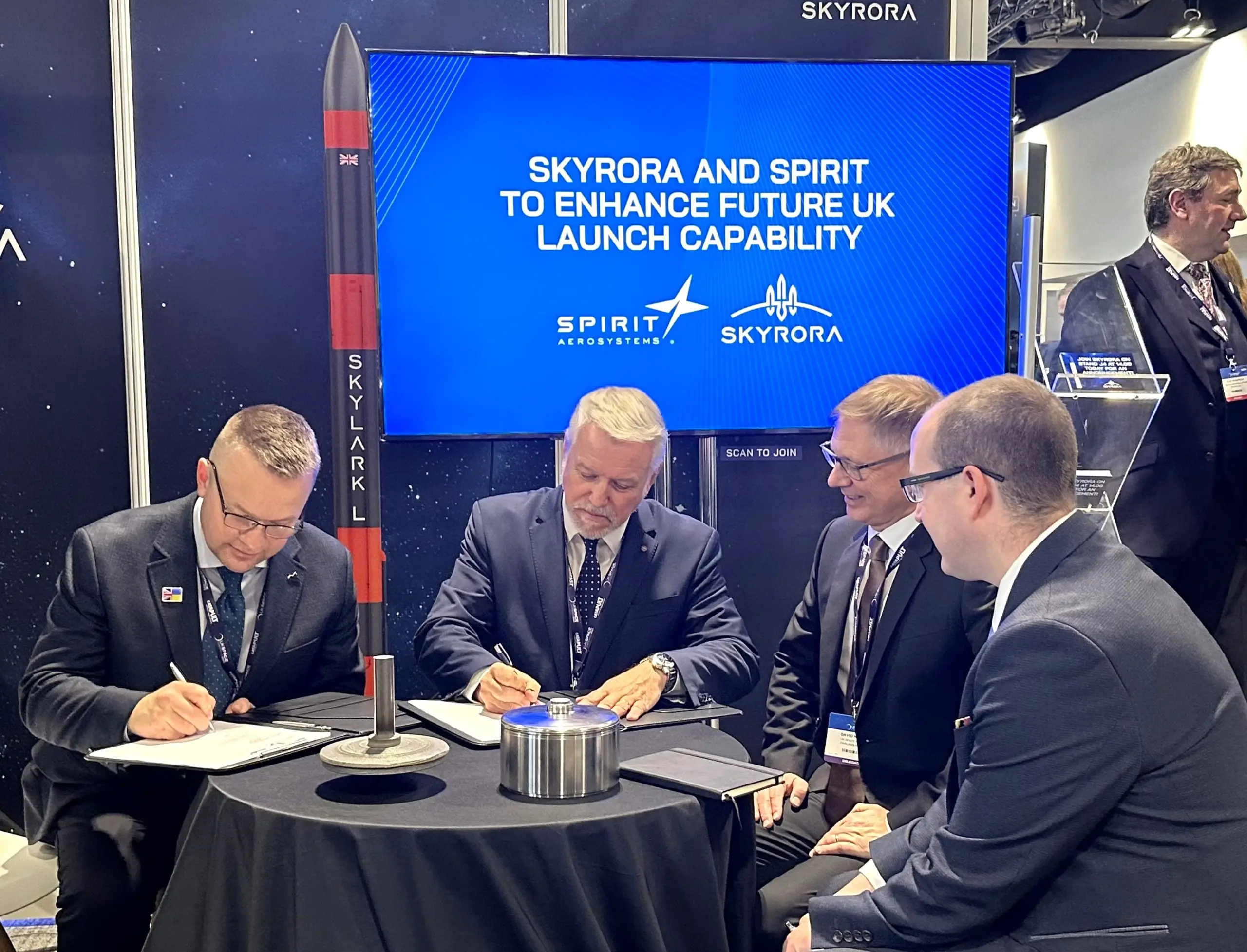
Intellian Technologies, Inc. and Iridium Communications Inc.have developed a new Global Maritime Distress and Safety System (GMDSS) safety display terminal.

The Iridium® network’s LEO location provides highly reliable, weather-resilient L-band connectivity everywhere on the planet, making it essential when other satellite and cellular networks don’t work.
Using Iridium’s network, the Intellian GMDSS safety terminal will significantly enhance the safety of millions of seafarers with the terminal featuring several purpose-built and some unique capabilities that include Maritime Safety Information, Safety Voice, and a one-touch Distress Alert function.
The Intellian GMDSS terminals will also support SSAS and LRIT, as well as the full range of Iridium Certus® standard services including voice and broadband data. Iridium GMDSS distress alerts are automatically routed to a Rescue Coordination Centre (RCC) based on the location of the vessel. Alternatively, a user may pre-select an RCC of their choice. Nearby vessels can also be alerted and called directly, enabling them to potentially offer faster assistance to those in distress.

Planned for Q4 2024, the GMDSS safety terminal will use the Iridium network which is supported by a unique constellation of 66, cross-linked, L-band satellites in LEO. This network provides reliable coverage around the globe, including the entire Arctic and Antarctic areas, which only Iridium GMDSS serves. Users will have access to reliable and secure safety services even in the most extreme weather conditions while at sea.
Additional features for the GMDSS solution include Distress Alert Relay, Shore-to-Ship Distress Calling, Medical Assistance/Advice, and reporting of dangers or debris.
“Traversing vast distances across our oceans, seafarers encounter numerous challenges. Anything from ship failures to medical emergencies to adverse weather conditions. The new Iridium GMDSS satellite safety terminals we’re developing are lifelines between ship and shore. We’re delighted to be expanding our Iridium portfolio and collaborating once again on fantastic new solutions. Iridium brings reliable and truly global GMDSS services to the market for the first time ever, making critical safety services available anywhere on the globe. It’s an exciting journey ahead, as we develop this GMDSS solution together and bring it to market next year.” — Eric Sung, CEO, Intellian Technologies Inc.
“This announcement of Intellian’s GMDSS safety terminal development is another fantastic chapter in our GMDSS journey and our ongoing efforts to improve maritime safety. Iridium’s GMDSS service brings many new capabilities to the maritime industry. The combination of Iridium Certus, the fastest L-Band broadband service, with Iridium GMDSS and security services establishes a new standard in maritime communications technology. The new Intellian terminal delivering Iridium GMDSS services will ensure that even more seafarers will have peace of mind and that no matter their location, they’ll remain safe and connected.” — Wouter Deknopper, Vice-President and General Manager Maritime Business at Iridium


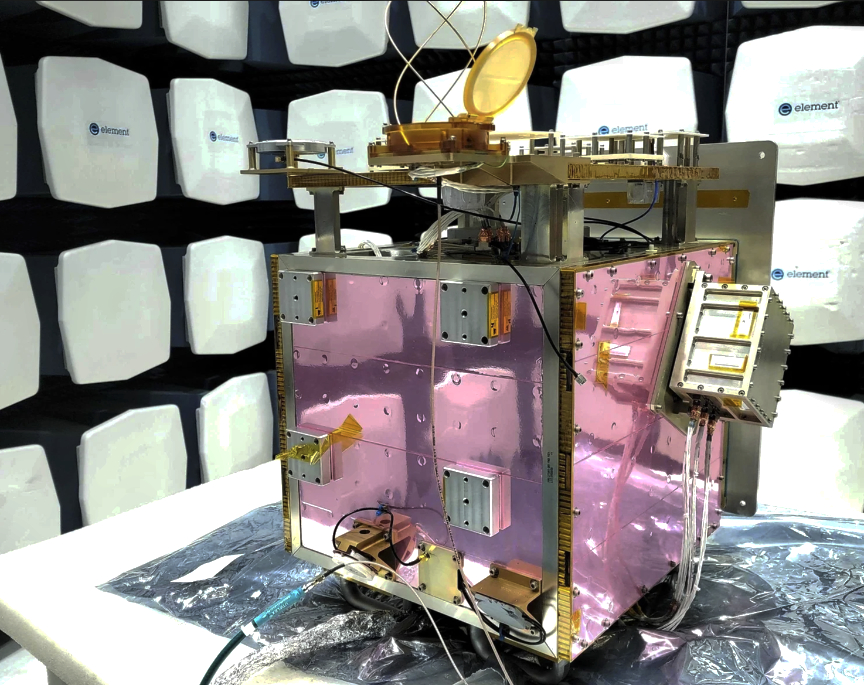
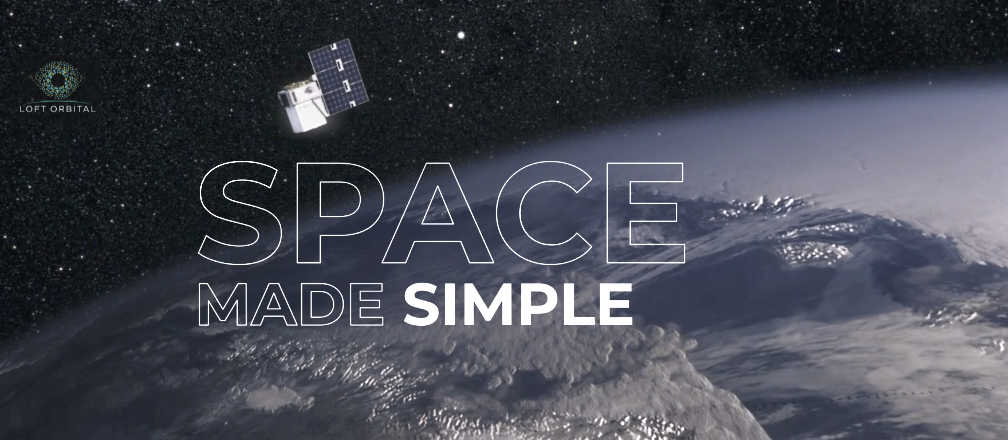
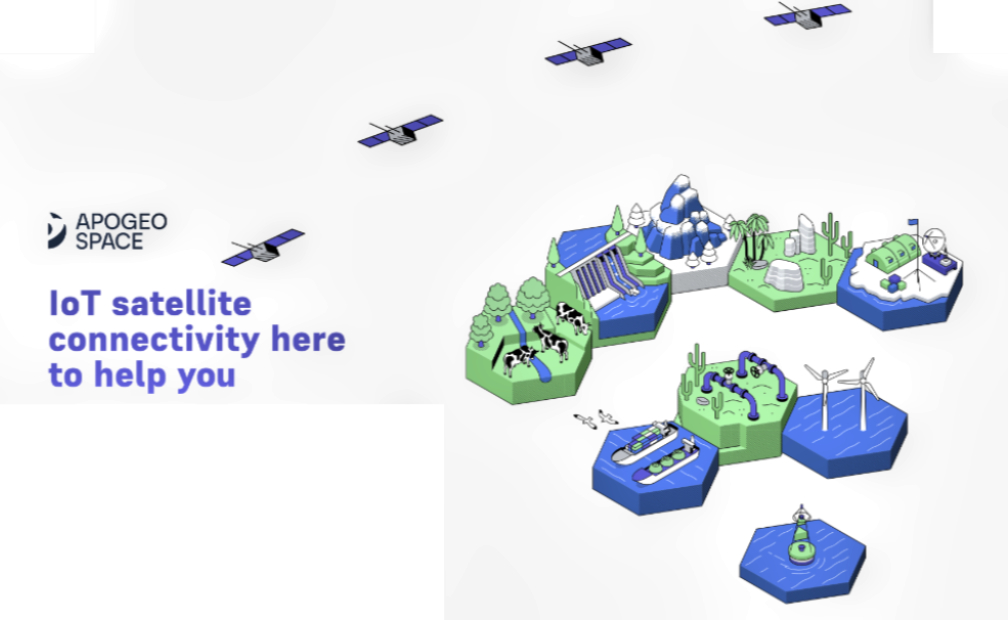
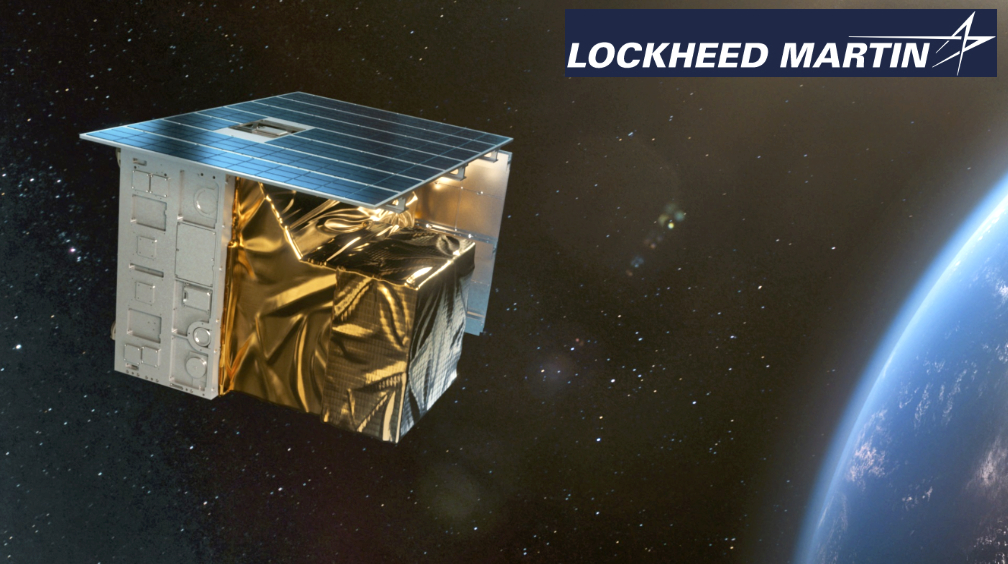
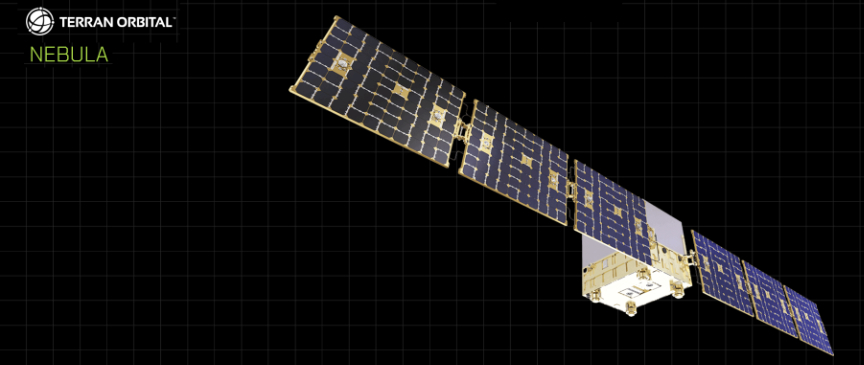
 )
)